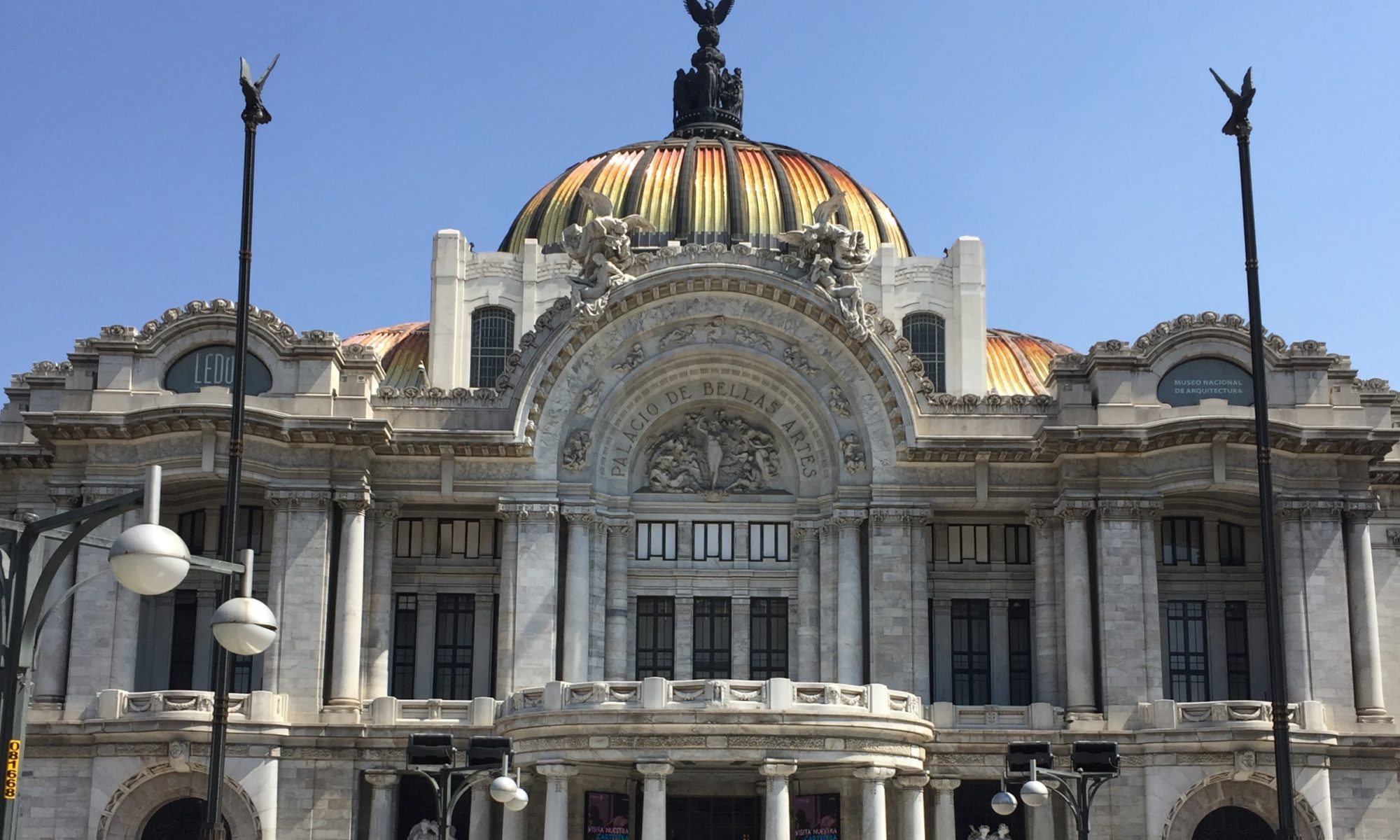Asian Small Cap stocks: about to rise like a Phoenix? – March 2020
In this article, we examine the investment case for Asian small cap stocks which have recently been out of favour with investors. We start with an analysis of the key drivers that resulted in small cap Asian stocks delivering stronger returns than large caps at various points in time after the Global Financial Crisis (GFC). We use the FTSE Asia Pacific ex Japan ex Australia ex New Zealand All Cap and Small Cap indices for the analysis.
We find that the Chinese yield curve has been one of the most prominent drivers of the (out)performance by small caps. There is a strong parallel with the current environment, where we expect that central banks will continue to shift to an increasingly accommodative monetary policy stance, which will contribute to the strength of domestic economies and in turn benefit small caps once again. This is combined with compelling valuations and increasing signs of deglobalisation, further strengthening the arguments for investing in Asian small caps.








